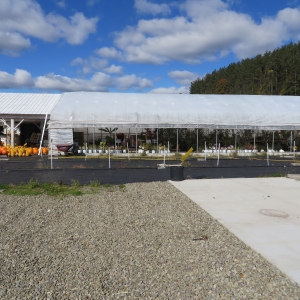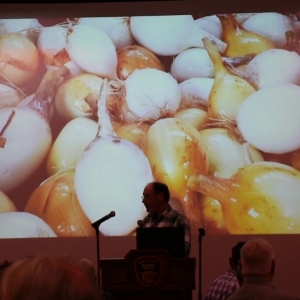National Ag Day, a time when producers, agricultural associations, corporations, universities, government agencies and countless others across America gather to recognize and celebrate the abundance provided by American agriculture.
As the world population soars, there is even greater demand for the food, fiber and renewable resources produced in the United States.
The National Ag Day program believes that every American should:
- understand how food, fiber and renewable resource products are produced.
- value the essential role of agriculture in maintaining a strong economy.
- appreciate the role agriculture plays in providing safe, abundant and affordable products.
- acknowledge and consider career opportunities in the agriculture, food, fiber and renewable resource industries.
Agriculture provides almost everything we eat, use and wear on a daily basis, and is increasingly contributing to fuel and other bio-products. Each year, members of the agricultural industry gather together to promote American agriculture. This effort helps educate millions of consumers.
By far, the most effective part of this program is the role you play in helping spread the word. A few generations ago, most Americans were directly involved in—or had relatives or friends involved in—agricultural-related endeavors. Today, that is no longer the case. That is why it is so important that we join together at the community level..our voices, in concert, become a shout that carries our message a great deal further than any one of us can do alone! We are pleased that you have joined this effort to promote American agriculture.

Americans need to understand the value of agriculture in their daily lives. Here are just some of the key reasons why it’s important to recognize—and celebrate—Ag Day each year:
- Increased knowledge of agriculture and nutrition allows individuals to make informed personal choices about diet and health.
- Informed citizens will be able to participate in establishing the policies that will support a competitive agricultural industry in this country and abroad.
- Employment opportunities exist across the board in agriculture. Career choices include:
- farm production
- agribusiness management and marketing
- agricultural research and engineering
- food science
- processing and retailing
- banking
- education
- landscape architecture
- urban planning
- energy
- and other fields.
- Beginning in kindergarten and continuing through 12th grade, all students should receive some systematic instruction about agriculture.
- Agriculture is too important a topic to be taught only to the small percentage of students considering careers in agriculture and pursuing vocational agricultural studies.
- Agricultural literacy includes an understanding of agriculture’s history and current economic, social and environmental significance to all Americans. This understanding includes some knowledge of food, fiber and renewable resource production, processing and domestic and international marketing.











